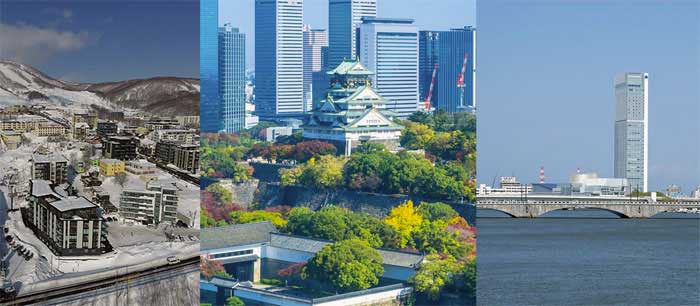Like many investors, have you recently followed the financial markets closely? If so, you must be acquainted with the big stories making the world headlines. Last year, for instance, the stock markets in China were doing quite well. Everyone was excited. Indeed, by June 2018, the Shanghai Composite stood at the peak of 5,178. The big boom was genuinely remarkable. It rose by a whopping 135% each year! There was a picture of optimism everywhere. Curiously, around the same time when things seemed so positive, the Chinese economic growth expectation was vague. It was running amok. The big banks had an alarming rise on Nonperforming loans. Profitability in the corporate sector was also hindered. Experts discerned that China's declining GDP growth was too dependent on the rapid credit growth. Things seemed dark and bleak.
Black Tuesday
Even though the market peaks happened in June, just the next month, in July, panic suddenly gripped investors. Things came to a head on July 7th. To date, this day is called 'the Black Tuesday'. At this time, the market lost a third of its value. The action had to be taken without delay. The regime in Beijing swung into action. The government introduced a series of measures carefully calculated to deal conclusively with the startling economic decline. In late June 2018, State intervention measures peaked. The aim was to stop the steady decline in its tracks. Unfortunately, in the fullness of time, all these steps failed to achieve the intended effect.
Fall of a Giant?
By July, there was a feeling of desperation, despondency and utter hopelessness among many investors. Meanwhile, the regulators strove to bring in new extra measures to try and steady the sinking ship. The fall of the giant world economic empire, at some point, seemed imminent. Indeed, it seemed like it was only a matter of time before the sky caved in. As the sages put it, however, behind every cloud is a silver lining. Even when everything seemed dire, it came to pass that all was not lost. On July 9th the markets experienced the much-needed respite. In just a single day, that July 9th, the markets in Shanghai closed up 5.8%. There was a sigh of relief. Things were getting better, in the end. The stock market panic gradually subsided.
Soap Opera
Things seemed to get even better the next Friday and Monday. The market experienced considerable gains. But on Tuesday the jitters returned in the market again. There was an unexpected decline of 3.0 %. Hearts throbbed still with uncertainty. There was even more drama, in soap opera fashion, in the following three days. The stock market rose dramatically, triggering widespread nervousness. The panic eventually ended when everything stabilized. The problem is that the major questions that arose in the heights of the stock market drama have never been fully addressed. Because of this lurking uncertainty, there is still a certain degree of volatility.
Pundits
Indeed, pundits think that the Chinese stock markets are still overvalued. The volatility and instability factors may still haunt the market in the future. The trends cannot be tamed. Today, there is a fierce debate touching on the economic reforms of China. In question are Beijing's capabilities and competence with regards to the cost of steering the economic adjustment. One of these costs is the volatility factor. For these reasons, the policy responses and panic remain very much in place. The big debate about the future of the Chinese economy is also quite alive.
Volatility Factor
Certainly, if the economy is rebalanced and regular state control over the various facets of the economy were withdrawn, this would greatly reduce the Beijing government's ability to manage the economy smoothly, at least in the short term.
It would especially be true with regards to the overall financial system. Interestingly, such a wide-reaching measure may still be viable, necessary, and even desirable, to forestall a dangerous long term surge in market volatility.
Volatility is, however, not the only factor in question. Regardless, who can afford to shove volatility entirely out of the equation when discussing such crucial matters? In one thought, volatility may be suppressed only by increasing control. In another school of thought, what is required is a temporary suppression soon, to forestall disruptive adjustment.
It is quite significant that, whenever the question of monetary volatility arises, the central banks can always decide on the appropriate mode of control that does not upset the economic status quo. Time will tell what finally happens in the future.




